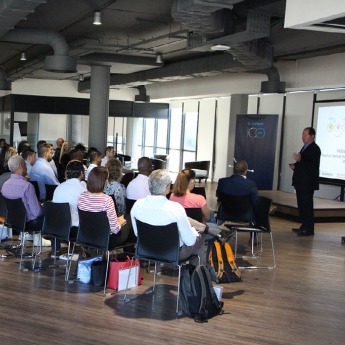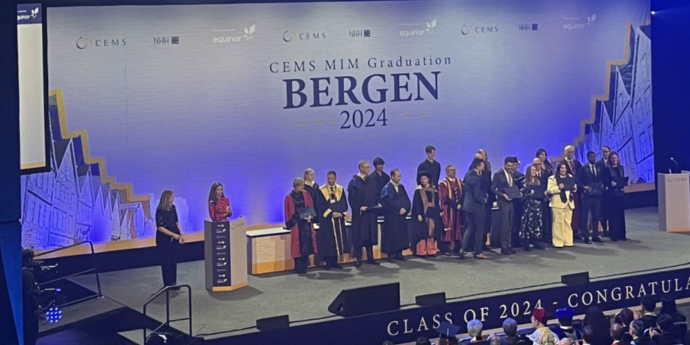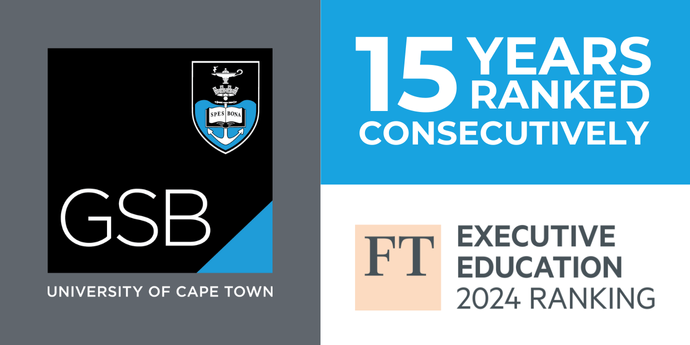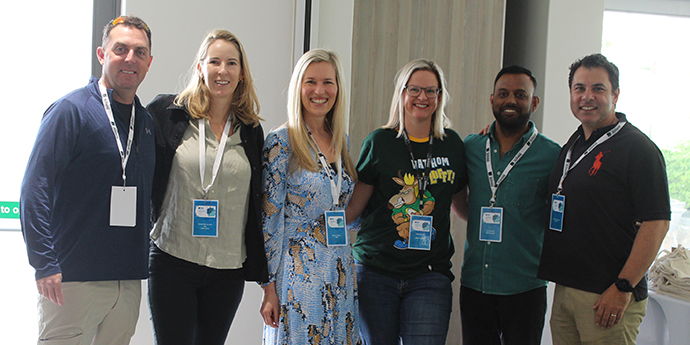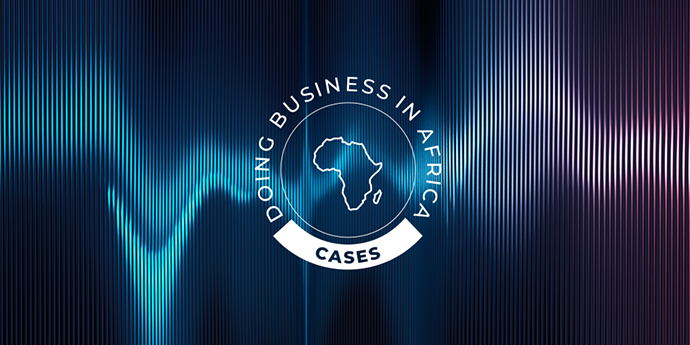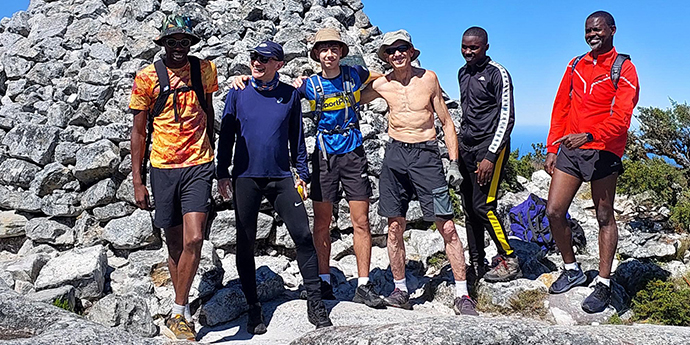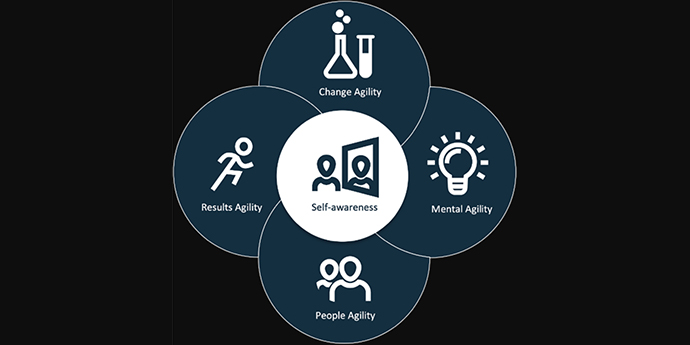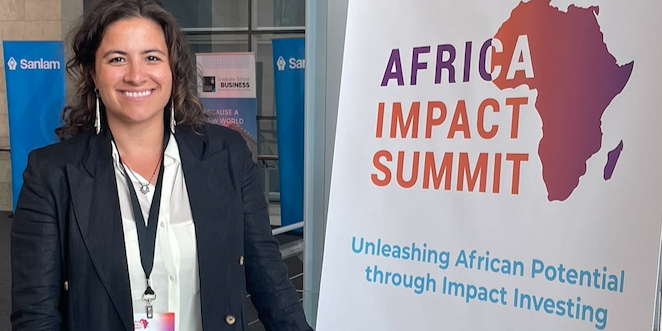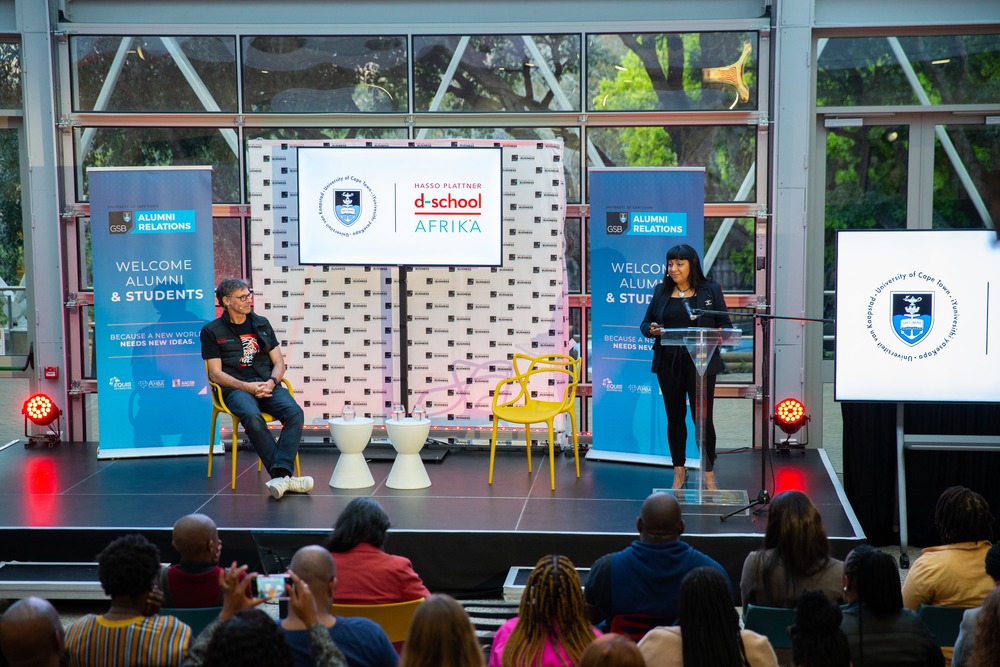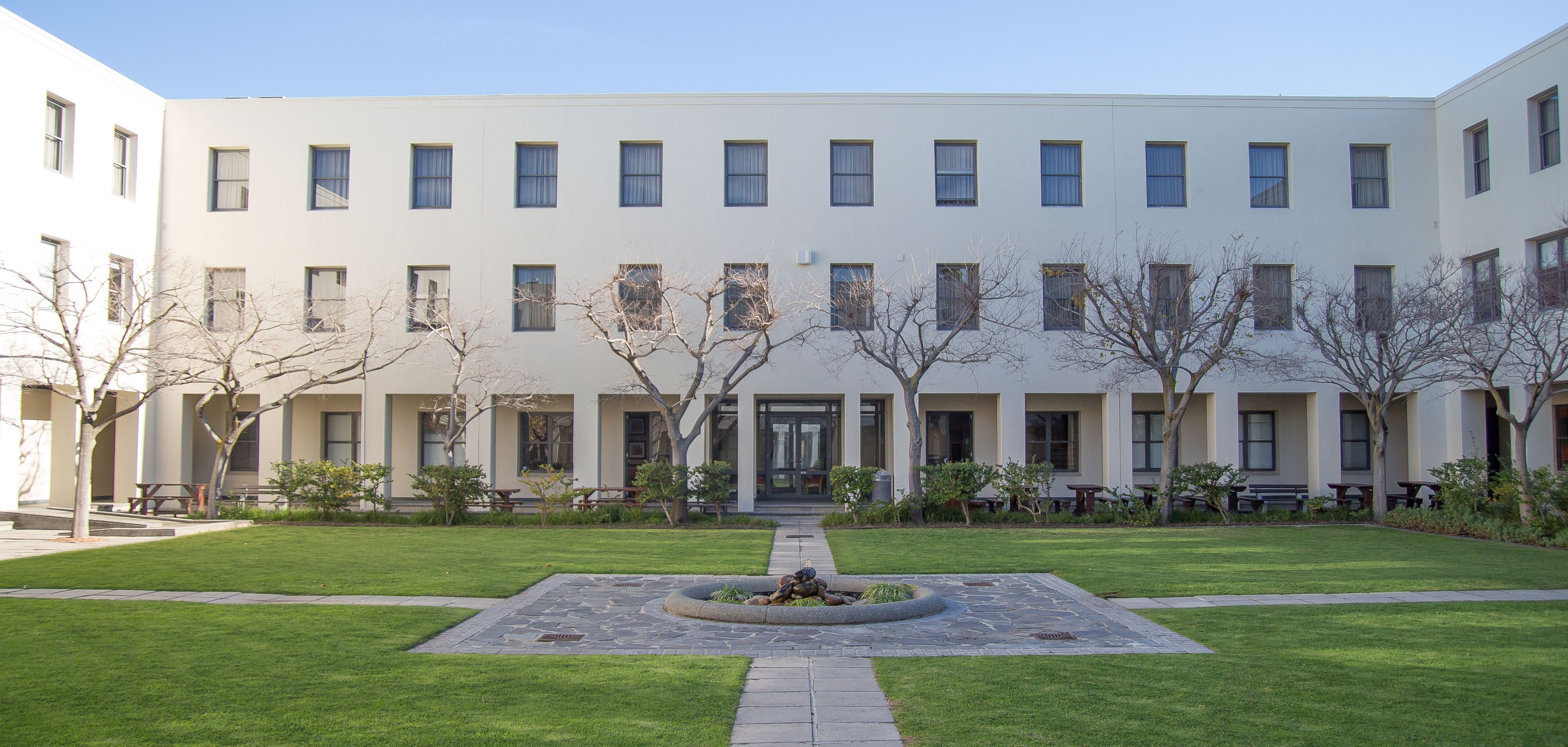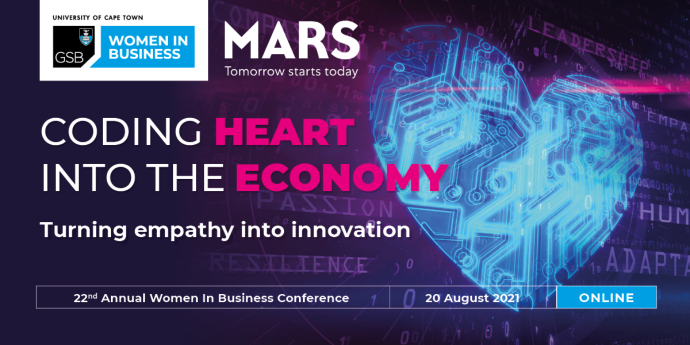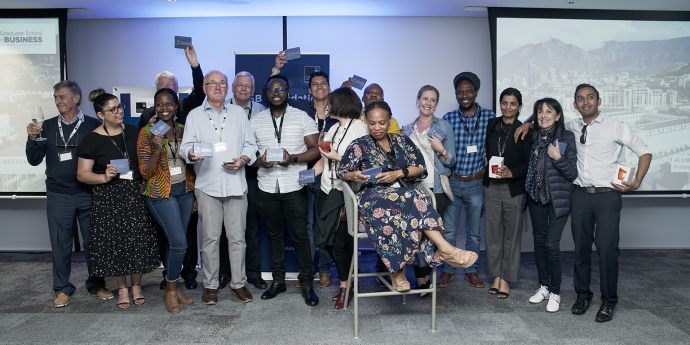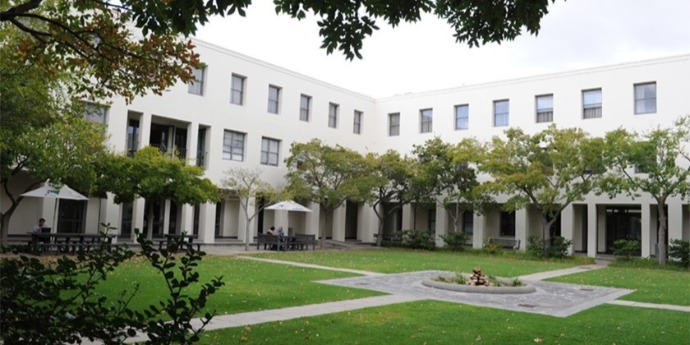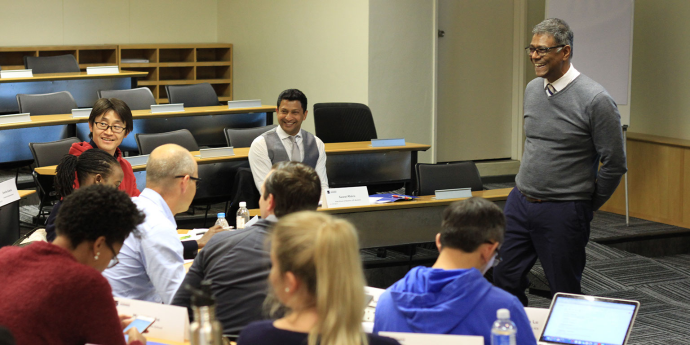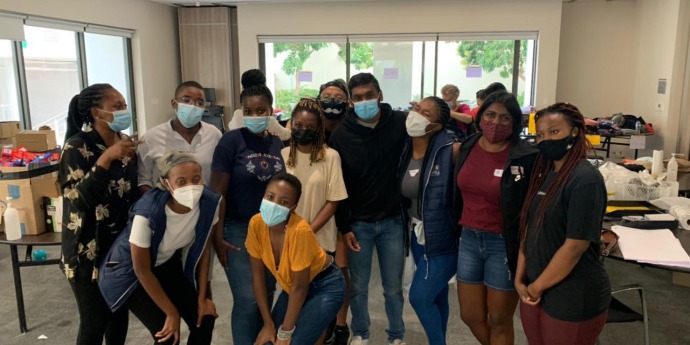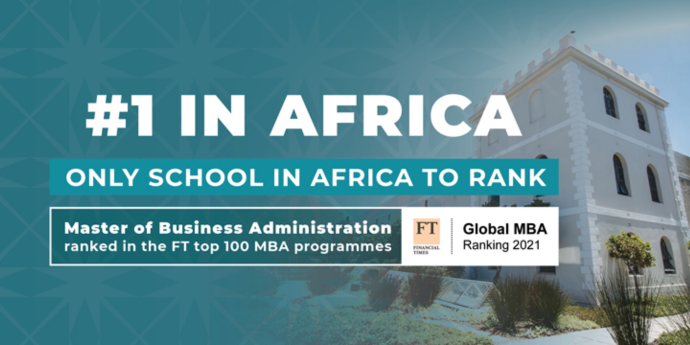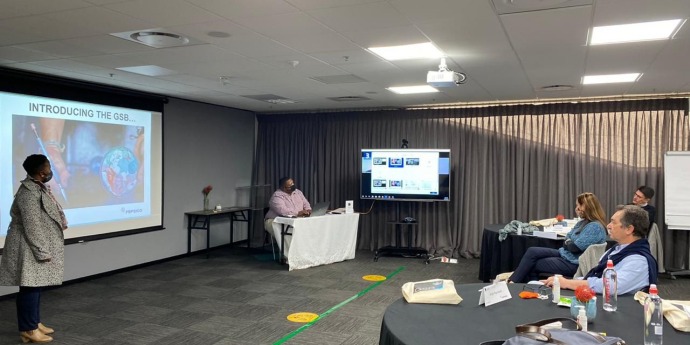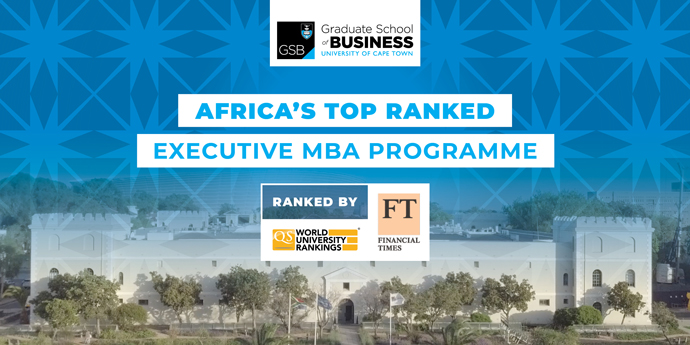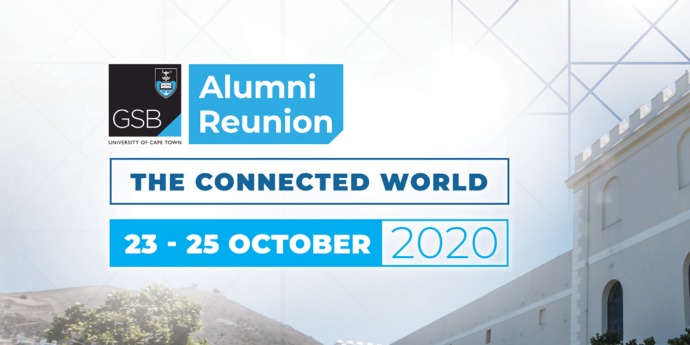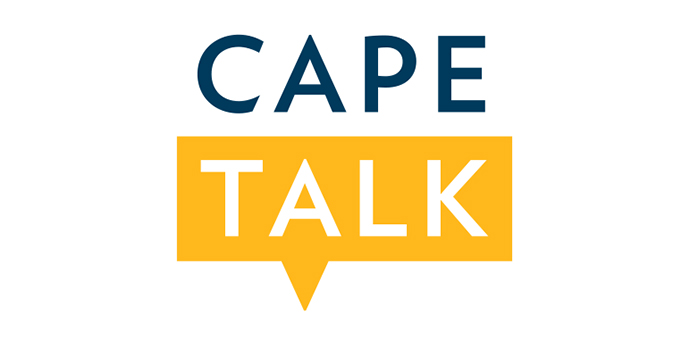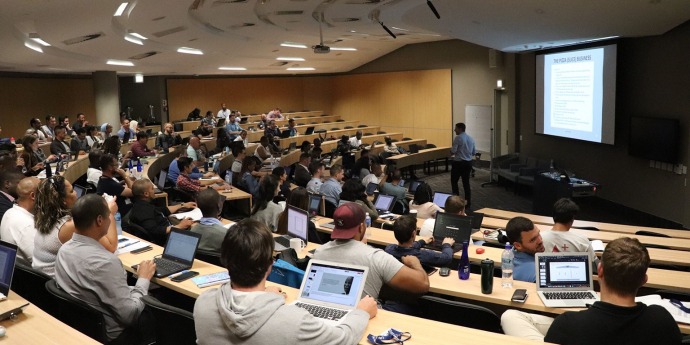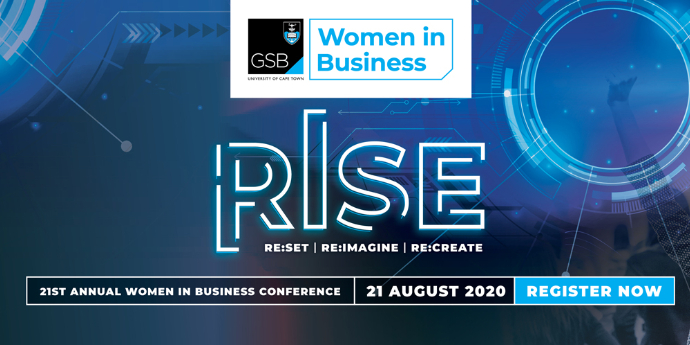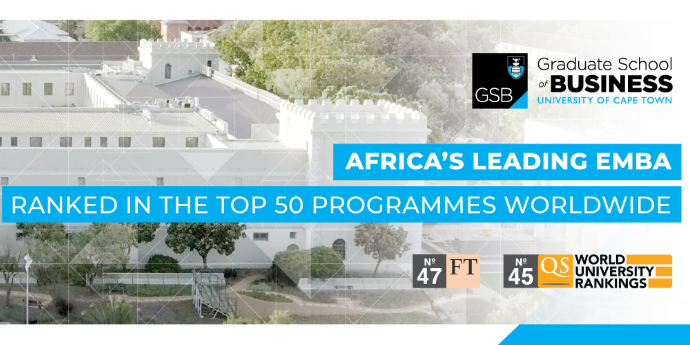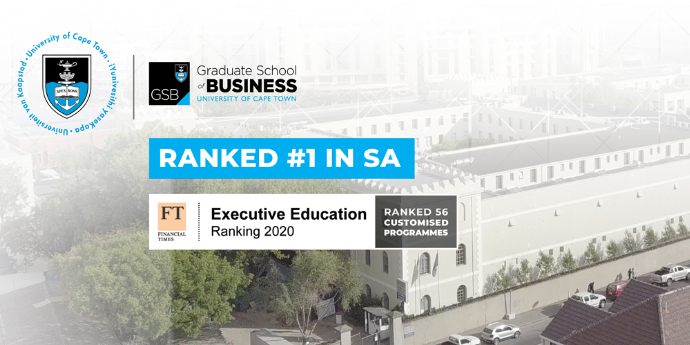Along with office spaces, long daily commutes and the handshake, the traditional corporate training model may be gone for good. In its place, a more efficient alternative that creates a lasting positive impact in organisations is already emerging.
Few will admit it, but the traditional corporate training model — a multi-billion-dollar global industry — has its problems. Not only does weeks-long residential training keep people away from their families and work, the cost of travel and accommodation can drain company purses. On top of that, many learning and development programmes of the past often had only transient effects on the companies paying for them.
It took a global pandemic and a seismic shift in how we work and organise ourselves to get us thinking differently about how we learn and how training programmes can be adapted to be more effective and efficient. Once companies found their footing in the new reality and wanted to start investing in future growth, demand for a new kind of training solution emerged. Now business schools and universities across the world have had to change gear — and fast — in order to meet this need.
While many of us were already experimenting with new ways of delivering effective learning, the pandemic has accelerated this shift. The new evolving model is different to the old one in three significant ways.
1. A dynamic blend of synchronous and asynchronous learning
New training models are driving a convergence of synchronous and asynchronous learning.
Synchronous learning is your traditional classroom: a group of people learning at the same time following a set schedule in an environment that encourages and enables engagement and instant feedback. Online, this is done through communication and collaboration platforms like Zoom and MS Teams and relies on video, instant messaging, live webinars and learning sprints — short, fast-paced, team-work exercises where participants get to put the theory they are learning into practice.
Asynchronous learning is solo study that is self-paced and unscheduled. Online, it consists of recorded classes and seminars and accessible archives of reading material.
Corporates increasingly want both because the synchronous learning offers the irreplaceable interaction and networking opportunities found in a physical classroom while the asynchronous learning reduces time away from work and family and can help keep costs down through reduced travel expenses.
It can be challenging for corporate training providers to develop the systems and capabilities to support this convergence. It takes a huge investment of time, money and already scarce academic resources to create well-articulated online learning journeys. At the very least, it requires high-end collaborative tools, videos and podcasts and well-structured course material to work with. Given the required investment, many training providers are opting to only create more generic asynchronous solutions which, while they have their place in the world of training, are not able to deliver a complete experience.
2. Learning must be grounded in real-world challenges
A common complaint under the traditional corporate training model was that people found it difficult to practise at work what they’d learned in training. While some of the blame may lie with training providers — not all training programmes are sufficiently embedded in the workplace — the reality is that corporate environments can be inhospitable to new practices and the excitement created in the classroom can find itself stifled in the boardroom.
German psychologist Herman Ebbinghaus’s “Forgetting Curve” says that around 42% of new information is lost within 20 minutes, if not applied. Within a day, 66% of it is gone. Corporates thus need to have a clear strategy to allow participants to embed learning into their work routines and practices.
Any learning model must therefore have practical workplace application aspects built in. While many corporate training initiatives pre-pandemic involved some kinds of application of learning, virtual training has created new opportunities to amplify this, not least because participants are mostly still at work for the duration of the training. This fact, combined with a well-designed programme that is built around the actual challenges and realities of individual companies, can result in powerful outcomes. This requires an ever-closer partnership between the trainer and the corporate, who must work together to align corporate goals with learning outcomes and to bring new information into action.
3. Short and sharp is better
Keeping people interested and engaged is a key challenge of the modern corporate training programme. Researchinto the attention spans of adults completing online doctorates found that the longer a class or programme, the more someone’s attention starts to shift. It isn’t necessarily the ability to focus that is the problem, but the fact that external events and distractions are plentiful. Working from home in times of uncertainty and anxiety, where so much is vying for our attention only worsens the situation.
To cope with distractions and information overload, people are filtering much of the information they’re getting. This has been dubbed “satisficing.” People will gladly give their limited attention to things they feel are satisfying and useful to them.
With this in mind, we are seeing a shift away from the traditional five-day modular programme to a three-day modular delivery format, where the modules are spread out over an extended period. These shorter bite-sized modules are more finely targeted and are proving more effective because they aren’t as big a drain on trainee attention and they offer information the trainee can see is useful and immediately applicable. This also enables training providers and corporates to be more purposeful about the workplace application aspect, which can be linked to the module learning outcomes.
Of course, online delivery is ideally suited to this approach, but premium training options will also include targeted physical experiences that help bring learning alive, such as site visits and global immersions.
Self-directed learning will be the defining feature of learning going forward, and gamification and Artificial Intelligence offer interesting options for keeping people engaged, tracking development, ensuring learning outcomes, and gathering insights.
Finding new approaches to corporate training and learning is an evolving process and the exciting thing is that nothing is set in stone. And maybe that is what the real problem with the traditional training model has been: its rigidity. To remain relevant and effective, training providers must be responsive and agile and open to experimenting, to allowing the unexpected — even if that means failing. It’s through learning and adapting that we ultimately continue to refine new approaches that disrupt comfortable, traditional ones.
Rayner Canning is the Director of the Business Development Unit at the UCT Graduate School of Business. The UCT GSB's Customised Programmes are custom-designed to help organisations meet their own particular challenges. Find out more here

